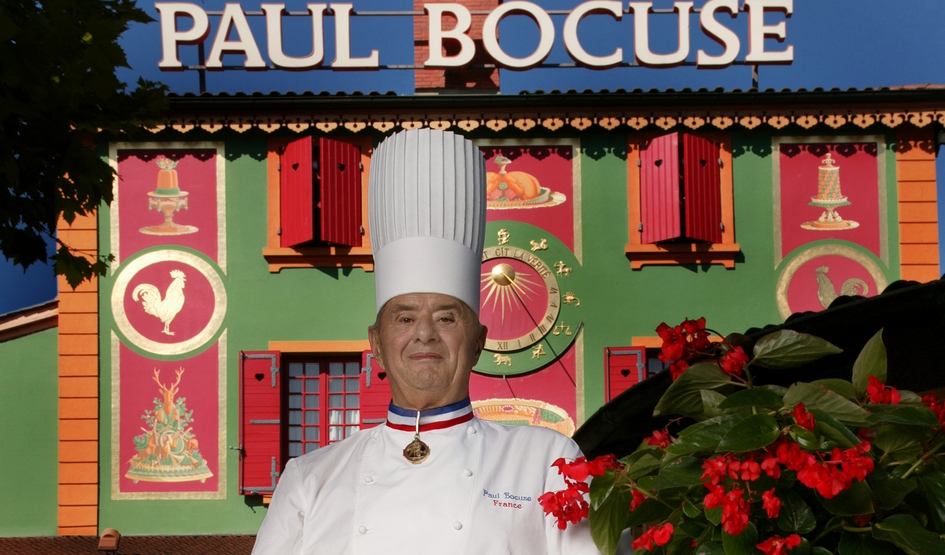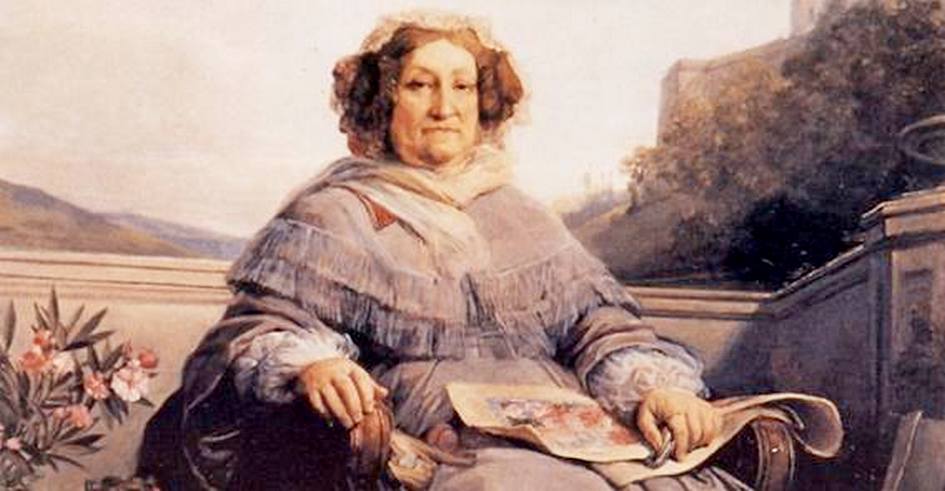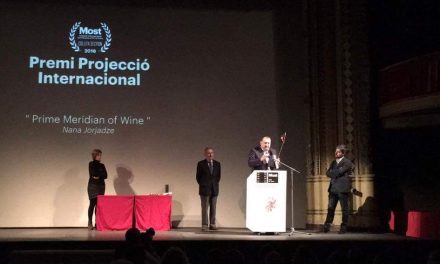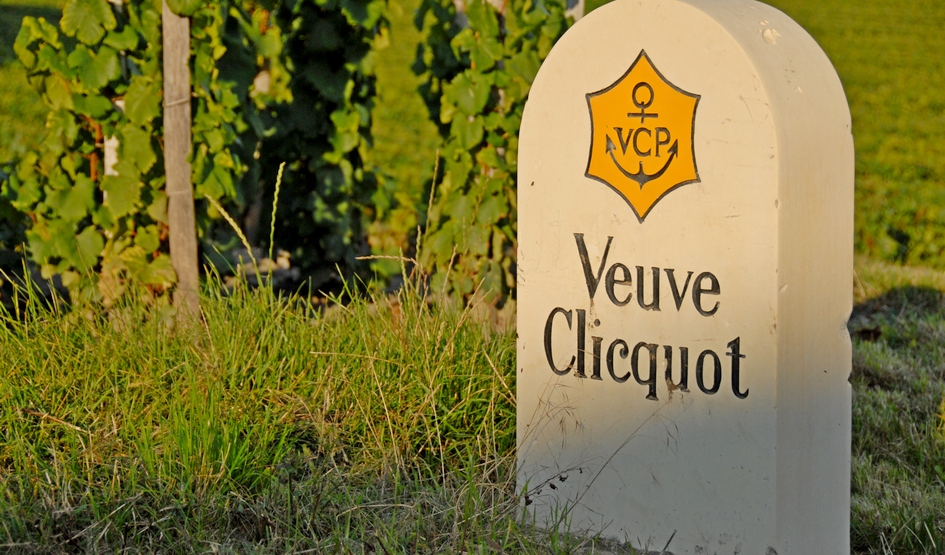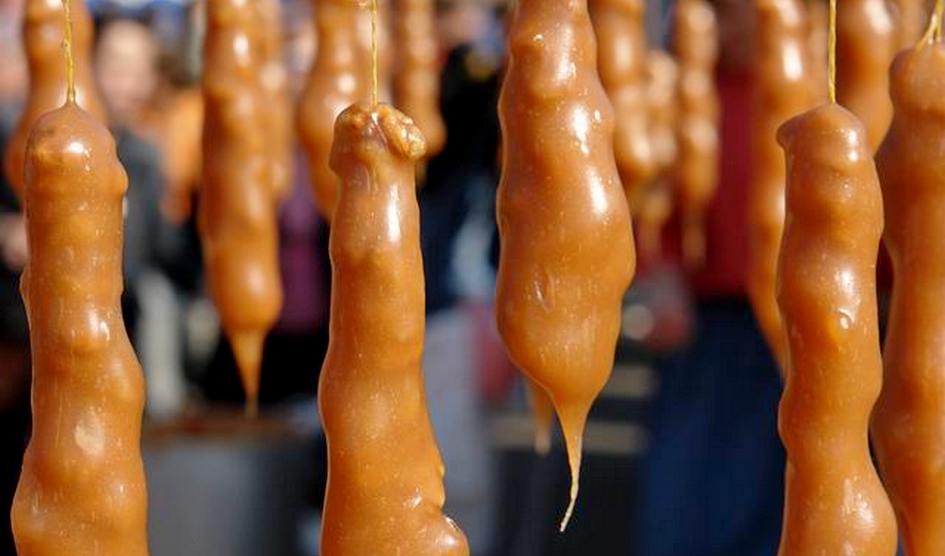A long time has passed since a human being started getting food and cooking it on an open fire. The human being experienced evolution and together with him his taste used to develop, the food product ration used to increase. Homo sapiens became more attentive to the food product quality and was improving the “primitive receipts” from century to century.
The culture of having dinner collectively has formed together with cultural development of human being. In the epoch of ancient Rome and Greece sitting at table represented a special ritual process. We have seen many samples of engravings or wall paintings of the feasts or parties arranged in the aristocratic societies. It was just in this period that some kind of public diners and the antique roadside drinking houses have appeared where the antique humans tired of the long road could get some food to satisfy their physical needs and thirstiness. Thus, step by step was started development of food industry though today nobody can tell exactly when and who opened the first restaurant.
It is considered that a restaurant is pure Parisian invention. All this was continued in the epoch of taverns and inns of the Medieval Ages. The main idea of these establishments was the fact that their guests were mostly the travelers from abroad or those people travelling from one town to another, the local population almost never visited these places.
Starting from the beginning of the 18th century these establishments have exhausted their potential and lost their strength notably, as by that period the people have become more demanding and pretentious in respect with food and good wine. Most of them preferred to invite a good cook at home to prepare special food and host their guests.
By the way, there exists the description of the inns of this period made by one traveler during his trip in 1718. He travelled via Paris and describes the inn where he stopped for dinner on his way: “The tables are not good for receiving foreign guests, but there is no other way, they don’t have better ones here. You are obliged to have dinner surrounded with unknown people and only in case if you find somewhere a fork and a knife in advance. And, if a person is very modest he may be left even hungry. In the center of a common table the everyday visitors are sitting stupefying each other with the old anecdotes. As soon as the signal is given they instantly grab the food and start eating with their untiring jaws. The one who chews food very slowly is very poor and his attempt to make the waiter hear him is done in vain. The table will be empty before his voice reaches the serving person.”
This is the best example of the fact that the time has really come to make cardinal changes at public nourishing places – the environment-oriented, and mostly, service-oriented changes. The logical result of this progress may be considered the appearing of the first restaurant (in its modern understanding). First, the restaurant was called the establishment where the guests were offered different types of broth, soups, the dishes made of meat and eggs. It should be noted that in such restaurants the main detail – individual, personal service (À la carte) already existed. The owner of one of such first restaurants was a person under name Boulanger who opened his “public nourishing place” (as we call it now) in 1765 in Rue du Pouille, near Louvre.
Starting from this period the number of restaurants is growing too fast though they were not distinguished from each other in any way. After some time there happened an interesting and important thing that has conceptually changed the attitude to the then restaurant business.
In 1786 Antoine B. Beauvilliers opens an excellent restaurant in Palais Royale on the ground of the English Tavern. The former Chef of Provence Count tried to do his best to create coziness and comfort for his “customers, guests”. His establishment was distinguished with its refined interior. The tables were made of mahogany. The crystal chandeliers and tablecloths with Damasco decorations made unforgettable impression on the arrived guests. Beauvilliers’s restaurant had its own wine cellar, and of course, the high quality French dishes.
The same year, on June 8, the government issued a statement, according to which the restaurant owners could receive the guests in winter till 23:00, and in summer – till 24:00. It is obvious, the first steps are difficult to make but in this period the ground was prepared within the shortest time a number of similar establishments like it was Antoine B. Beauvilliers’ restaurant to be opened. This became the beginning of the development of modern restaurant business and gastronomic culture. The main task of the restaurant and gastronomic business is fulfilling the gastronomic “caprices” of the guests or the consumers, of the people (yours and mine), and offering tasty food in comfortable environment. To this, I can’t help from giving the excerpt from Mikheil Tumanishvili’s words, when he answered the question about the goal of the theatre: “…to give pleasure to the spectator and fill him/her with cheerfulness”. To our opinion, the gastronomic skills and all aspects of service serve similar goal.
In the modern world we witness many distinguished and very interesting achievements, both the trends developed on the ground of traditional, national culinary, as well as, completely new, something like fantastic, the taste-wise miracles made with the help of molecular findings and the product substance changeability.
The current worldwide know chefs create gastronomic masterpieces and try to be the best in finding the novelties. As usual, in this sphere France is the holder of the Champion’s “Palm Leaf”. Due to this fact, in nowadays gastronomy France is considered as the Mecca for the so called “Haut Cuisine” and the law-maker in this field.
It is not astonishing that the best world chefs are French, and among them, Monsieur Paul Bocuse is number one. The title “Best Chef of XX Century” belongs to this amazing person, chef, public figure and showman. This culinary expert has already entered in the world’s gastronomy history.
The history of Paul Bocuse has begun long time earlier before he was born. Yet back in 1765, in village Collonges-au-Mont-d’Or, local peasants used to come to the mill of the Bocuse family not only for grinding the corn but to try the tastiest dishes made by the miller’s wife. This lady used to prepare unbelievably tasty Provence dishes and hosed everybody with her meals with great pleasure, all the travelers, all the fishermen, or those ones who used to drop by just for grinding the corn. Yes, this legendary lady was the grand grandmother of the genius of our time gastronomy Paul Bocuse. It was just the restaurateur’s activities of this lady laid the ground to the Bocuse Dynasty, the dynasty about whose most outstanding representative Paul Bocuse we will retell you now.
So, the restaurant of the miller lady existed for more than 100 years. The mill was demolished in the XIX century as the main line of railway “Paris-Lyon-Marseilles” was being built and the Bocuse family moved to live to a farm once belonged to the monks on the Ile-Barbe. It was just on this place where the family continued its restaurateur’s activities until in 1921 Paul’s grandfather Joseph decided to sell the settlement’s and the family-belonged restaurant “Bocuse Restaurant”. Left without any “fame” Paul’s father married in 1925 on Irma Roulier whose parents were restaurateurs and hoteliers owning the “Hotel du Pont de Collonges” where in 1926, on February 11 was born the Chef of the Century Paul Bocuse.
What would be the history of this dynasty if there was not genetic talent, because, first it was Paul’s father who continued the tradition of the renowned family and he was the first among the restaurateurs who has reestablished the fame of their family name and raised it at a very high level. Is it astonishing, that small Paul Bocuse followed his father’s steps?!
In difference from the histories of other dynasties where the new generations used to learn from previous generations and adopted valuable knowledge, Paul took another road and without his father’s supervision he started apprehending gastronomy. In this respect he may be compared with Pierre Cardin, as whatever this latter used to create in the sphere of fashion, Paul Bocuse was doing the same in the kitchen.
At the age of 15 Paul was sent to be apprenticed at the then well-known mentor Claude Maret’s Restaurant de la Soierie in Lyon, France. He started his study with going to market helping in selecting and purchasing the products. Though on this stage he was not allowed to help them when cooking dishes on hearths and oven but he still had a very crucial work to do.
It was 1941 and the practice of the future genius was interrupted by the Second World War. Paul went to war as a voluntary and was even wounded in the battle near Elsace. Then, in 1944 he received award the Cross of “Order of Merit”, and in 1945 he took part in the Victory March in Paris. On return from the front Paul continues his apprenticeship at La Mère Brasier da “La Pyramide” where he looks after the garden, milks the cows, washes dishes, and after this, he finally his contact with stove starts. Later Paul becomes the student of very well-known Fernand Point who is considered to be the father of modern French cuisine – “Nouvelle cuisine”. Working with him our hero is acquired with the secret fascination of French cuisine and his apprenticeship period finishes here.
Now a few words about Fernand Point (1897-1955): in the famous restaurant of the father of modern French cuisine “La Pyramide” many gastronomic phenomena have been brought up, among them: Paul Bocuse, Alain Chapel, Louis Outhier, Georges Perrier, Brothers Troisgros, and others. The restaurant “La Pyramide” established after the World War I is one of the first three Michelin Star holder restaurants.
It was just here – in “La Pyramide”, that the light sauces and miniature vegetable fashion was born. The modern, fashionable and refined French culinary was founded here.
Nothing hinders the success of young Paul Bocuse. He creates gastronomic masterpieces alongside with the contemporary greatest chefs.
In difference from other masterpieces of art, gastronomic masterpieces can’t be expressed either by notes, or depict on canvas. This greatness lasts for one-time and is quick as lightning. When tasting such a masterpiece a person is taken with the feeling of aesthetic delight that will finish just in the moment when the tasting trace vanishes in the same way as it happens while tasting a good wine when the memory of it lasts only for a few seconds and then it is moved into the past.
Only the outstanding people are able to grant you this kind of a momentary delight. And, exemplarily, Paul Bocuse is the first in the list of these distinguished people.
In 1961 Paul continues his family business and returns to the paternal restaurant. He is sunk in doing the business selflessly. He puts all his 20-year experience and forces into the paternal restaurant business. The result did not delay and in the same year the restaurant got its first Michelin Star, and Paul himself became well-known and was honored with the title “Meilleur Ouvrier de France”. After a year the star-holder chef has doubled the result and in 1965, like the crown of his career, the third Michelin Star starting twinkling. Paul, being in the zenith of professional maturity and glory, decides to buy back his great-grandparents’ old restaurant having lost by his ancestor 45 years ago so senselessly and restoring to it the BOCUSE family name. Paul named his grandparents’ old restaurant the “Abbaye de Collonges” the menu of which starts with Van Gogh’s motto: “How difficult it is to be simple”. The complete name of Paul Bocuse restaurant is “L’Auberge Du Pont de Collonge”. Since 1966, the letters of the BOCUSE family name shine out from the roof of the restaurant.
It’s already tens of years that Bocuse restaurants are considered as examples of gastronomic perfectionism and number one restaurants in the category “Luxury” – for the best wealthy people and those with great taste!
In 1970 Monsieur Paul Bocuse together with his contemporary prominent gastronomies, among them: Alain Chapel, Pierre Laporte, Gaston Lenôtre, Charles Barrier, Louis Outhier, Raymond Oliver, Paul Haeberlin, and Michel Guérard establish quite a new trend in gastronomy: “Grande Cuisine Française”. In other words, this trend is called “Nouvelle Cuisine”, the main –principles of which is as follows:
- The freshest products;
- Natural taste of ingredients;
- “The refined simplicity” of the receipts;
- Rejection of “heavy” sauces;
- Accent to be made on the place of origin of the products.
In 1975, Monsieur Paul Bocuse, was awarded with the Order of Honor “Chevalier de la Légion d’honneur”. Paul Bocuse presented one of his masterpieces – “soupe aux truffles” (truffle soup) for an official dinner at the Elysée Palace and called it in honor to the President of France “V.G.E.” This time the President of France was Valéry Giscard d’Estaing, and the name of the dish was the abbreviation of the President’s name “V.G.E.” Since this day this soup has become known worldwide.
In 1987, Monsieur Paul was awarded the title of “Officier de la Légion d’honneur” and this award was given to him by the then Mayor of Paris Jacques Chirac. From spring of the same year the first active President became François Mitterrand who started going to the restaurant for dinner, and it is not difficult to imagine that this restaurant would surely be that of Paul Bocuse.
In the same year the Chef of Century established first International Cooking Contest “Bocuse d’Or” (Golden Bocuse), which is an unofficial biennial world chef championship.
The award “Bocuse d’Or” itself, with its meaning, equals to the Olympic Golden Award and isn’t less prestigious than Academy Award “Oscar”.
Temur Benidze

